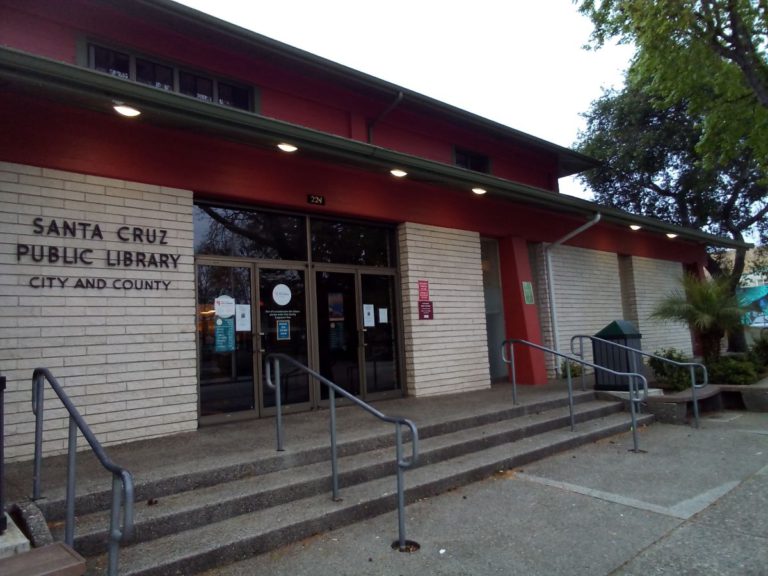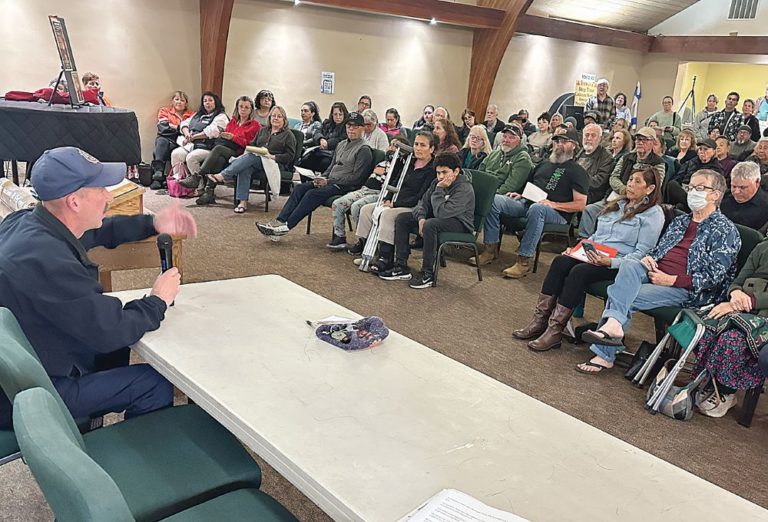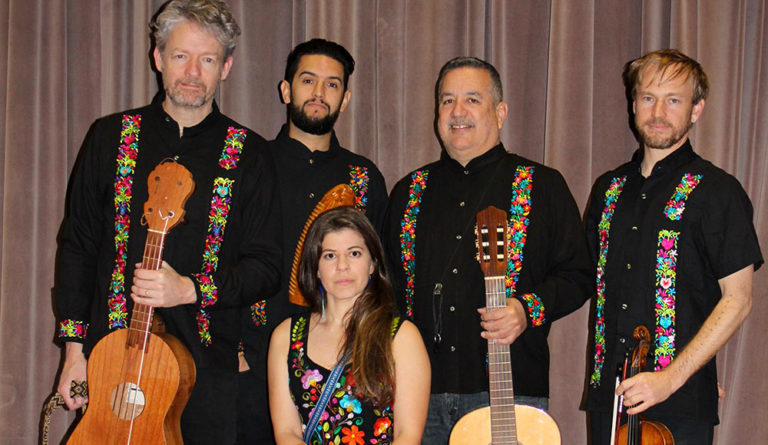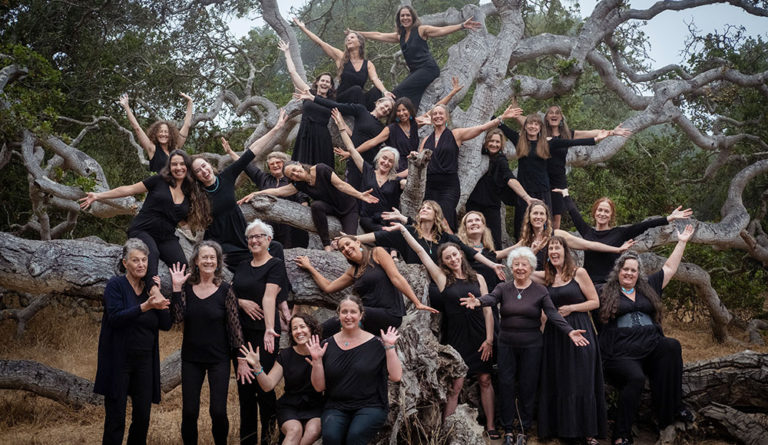After years of debate and planning, construction on Santa Cruz’s new Downtown Library and Affordable Housing Project is set to begin in June 2025. The ambitious development, located at the city-owned Lot 4 between Cedar, Lincoln and Cathcart streets, will replace the aging downtown library with a modern facility while adding affordable housing, childcare services and expanded parking.
A community festival is scheduled for April 26, from 1-4 pm, at the project site, featuring design illustrations, food trucks and live music. Attendance is free for the public on the corner of Cedar & Lincoln Streets. The event will kick off a fundraising campaign for the project’s second phase.
Historical Context
The original library on Church Street opened in 1904—built of stone in Romanesque Revival style with an assisting grant from the industrialist Andrew Carnegie. The current library replaced it in 1968, funded by a library bond measure.
Sixty years later, the building faces numerous challenges, including non-compliance with ADA requirements, the presence of asbestos, and outdated plumbing, electrical and elevator systems. Inadequate facilities include bathrooms, study spaces and dedicated spaces for children and teens. Seismic code constraints also limit expansion of the current building.
With renovation costs deemed prohibitive, in 2016 Santa Cruz County voters approved Measure S, a $67 million bond measure to modernize and upgrade local libraries. The City of Santa Cruz was allocated $27 million for its library improvements, combining with additional state and federal grants.
Community Response
The project’s approval has not been without controversy, facing significant opposition from community groups and residents. Critics argued that the original intent of Measure S did not include the construction of a parking garage, while some felt misled by the project’s evolution, advocating for the preservation of the existing Downtown Farmers’ Market location.
In response, the city has planned to relocate the farmers’ market to a new, permanent location adjacent to the existing library site. The new short-term home for the Farmers’ Market will be Parking Lot 16 next to the current downtown library branch along with a portion of Church and Cedar streets, which will be closed to traffic during market hours.
In response to community concerns about trees on the building site, some of which were designated Heritage Trees, the city states a tree removal permit was granted for the project. Inspections by the city arborist revealed structural weaknesses and evidence of past failures, limb and stem decay, and potential root disease. The trees will be replaced with 14 new trees, with 12 additional trees to be planted in the city.
The Downtown Library and Affordable Housing Project includes the following:
• A 41,000-square-foot library: Designed to be a state-of-the-art facility, the library will feature two indoor levels and a rooftop terrace, offering ample space for reading, community events and educational programs.
• Affordable housing units: The project includes at least 100 affordable housing units, with the majority to be reserved for extremely low and very-low-income residents.
• Childcare facilities: A dedicated childcare center with indoor and outdoor play areas will support working families in the downtown area.
• Parking and transportation amenities: The development will provide 240 parking spaces, including 25 electric vehicle charging stations, bike lockers and e-bike charging and approximately 203 bicycle parking spaces.
• Commercial spaces: Approximately 9,598 square feet of commercial space will be available for businesses and restaurants.
As construction begins, the city is also planning for the future of the current library site. A public process has been initiated to explore potential uses, including affordable housing, community spaces, and a permanent home for the Downtown Farmers’ Market.

































